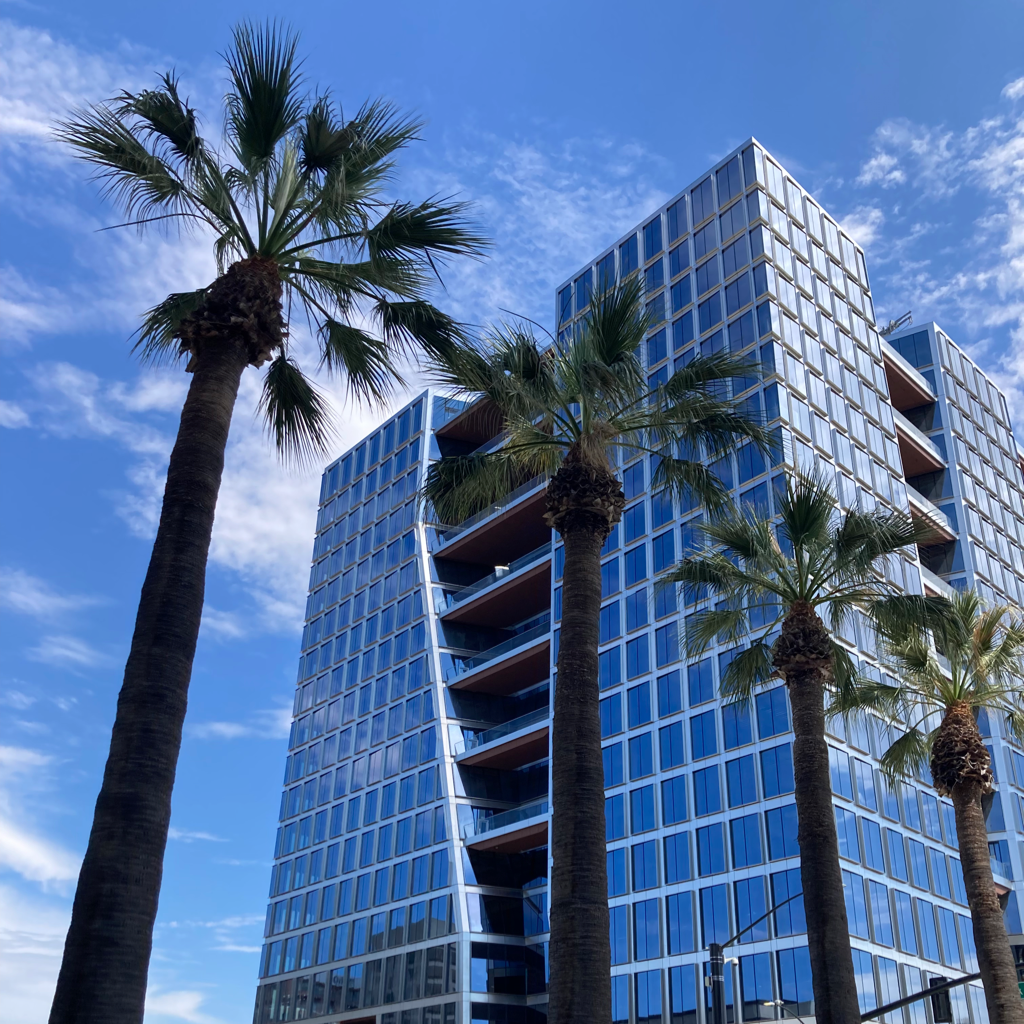Credit Money
You get a loan from the bank. Whose money it is?

Copyright© Miklos Szegedi, 2023.
There are 18.5 million people in California, who are employed as of July 2023. There were 758k unemployed. This is good news. The unemployed who will earn the loan are the soon-to-be owners of such money.
I was considering financing for one of my projects. My criteria were to find a company and employees who can carry out the actual work.
Not a long time ago we had the gold standard. The Chinese invented paper money first. You could exchange your dollar bills for gold until 1971.
Gold represented ownership of a fixed realm. It was like Bitcoin. The main asset was real estate. As colonization faded by the 1970s industrialization took over in almost every major developing country.
Value became machinery and skilled employment. Their supply and value fluctuated much more than the fixed amount of gold. This limited investment. Lack of skilled people and assets will make the money useless, and it will cause inflation.
A project manager can get funding from three sources. They may borrow someone’s money, a slice of a fixed existing pie. It is risky, since they will insist on equity or debt that can be exchanged for equity in case of a project failure. A project has money. The supply of machinery or labor brings risks.
Funding may come from insurance payments. A disaster may spread insurance payments across a region. The lack of machinery or skilled people will lure them from other states with prices way higher than normal. The project with deprecated insured value may fail.
The third source is funds tied to the Federal Funds rate, an overnight rate for money. Such money is technically infinite, if interest is paid. This is credit money. Who owns it? The Federal Reserve issues it, and it is the liability of the investment bank that borrows it. However, the construction company that will receive it is the actual owner soon.
This flow of credit money is much more reliable than a fixed amount of gold, Bitcoin, insurance, or savings. Why? There is construction power behind it. Many construction and manufacturing partners go further. They have financing companies that support their customers proportional to their potential.
This primary source of credit money is the main driving force of the economy. Low unemployment is a risk. Extra funding may not be matched to labor, causing inflation. A transparent job market is a simple useful mitigation.
Of course, long-term savings and insurance payments can also participate in this market. They may cause imbalances. China trade caused lots of dollar reserves piled up by the end of 2000s to the 2020s. The US did not have such a big trade partner since the existence of the British Empire.
Such reserves require central banks to collect assets that can be sold in exchange, when the dollar holder insists on liquidity. This protects the currency rates and prevents inflation due to sudden flows of money.
I remember my grandfather rented their primary residence in the capital. He bought a vacation home as an investment. Such a construct has strong risk mitigation potential. It helps to relocate, when mining or manufacturing requires. It still offers a low maintenance cost shelter when it is needed.
Travel, brand cars, and startups all offer leisure or investment potential for foreign exchange reserves, but they do not scale. Low utilization vacation homes and timeshares offer both an investment, leisure value, safety net, and meaningful employment potential for locals.
